Want to own an example of that extraordinary breed of supercars that time after time broke all performance records in a 10-year spell from the mid-1980s to the mid-1990s? I’m afraid they’re all gone: any decent Ferrari F40 or F50, Porsche 959, Bugatti EB110 or McLaren F1 now requires a seven-digit investment. Apart from one.
Despite being built in similarly microscopic numbers to the GTO and 959, despite being as quick or quicker than any save the F1, despite class-winning Le Mans heritage and despite being one of the most drop-dead gorgeous cars ever created, a Jaguar XJ220 can be bought today for around £400,000. A lot, I grant, but a fraction of what’s required to secure any of the others.
It’s hard to believe it’s 30 years since Jaguar launched its ill-starred supercar, 34 since it first appeared in V12, four-wheel-drive concept form at the Birmingham show, and 29 since this title became the first and only magazine to conduct a full road test evaluation of a factory-supplied car.
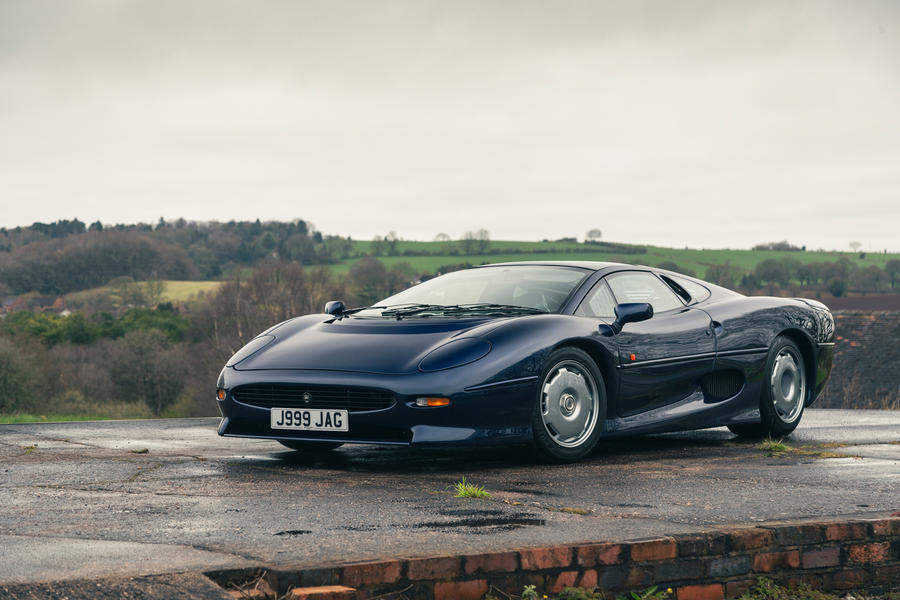
This car, as it happens. Now owned by XJ220 guru Don Law, it needs very little introduction here: J999 JAG is the very first production XJ220; it was Tom Walkinshaw’s own company car and the car he supplied to us to do that road test, which we then promptly crashed, the story of which you can read overleaf.
First, though, let’s pause awhile to remember what we have here. On the one hand, it’s a traditional supercar – low, dramatic, impractical and fast. On the other, it’s so much more than that: to this day, the most rapid Jaguar road car ever built and a car that changed so much from concept to reality that Jaguar took reluctant depositors to court to make them pay up. It also won the GT class at Le Mans in 1993 before being cruelly disqualified for having its catalytic converters removed. Not that cats were even stipulated in the rules, just that the road car had them, so the race car should have had them, too.



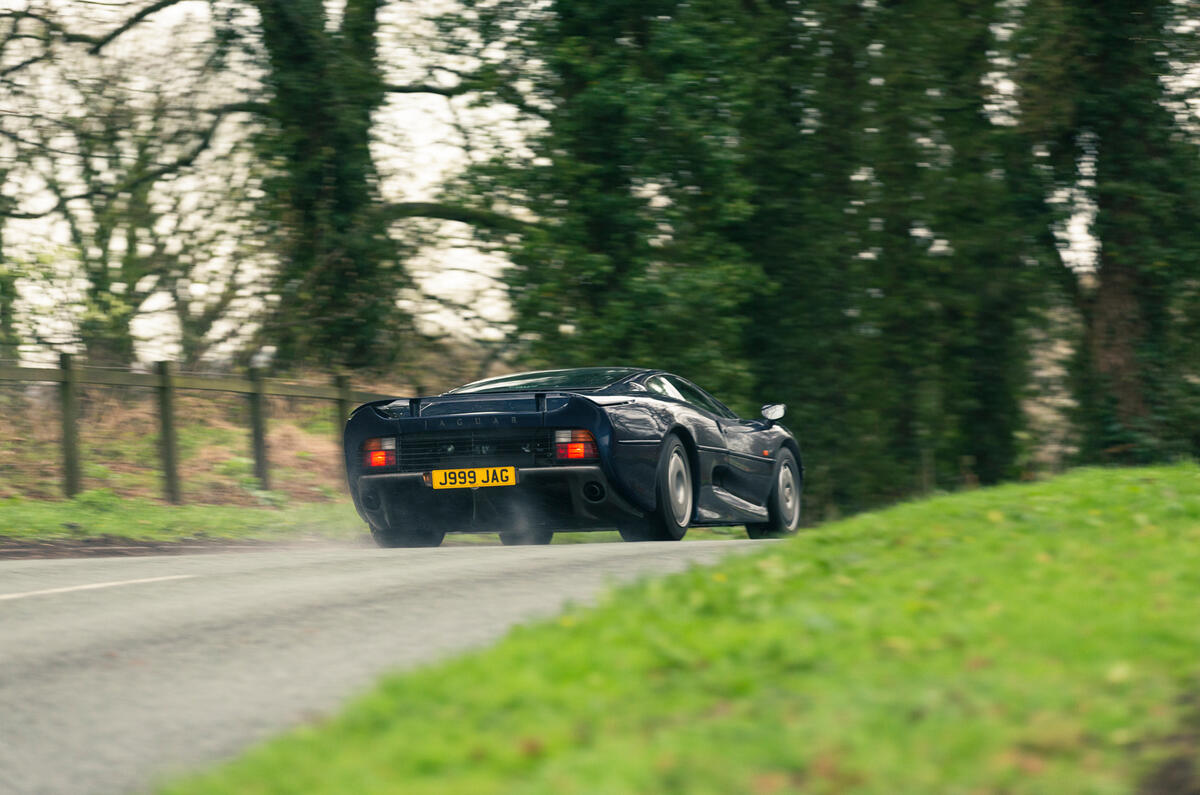


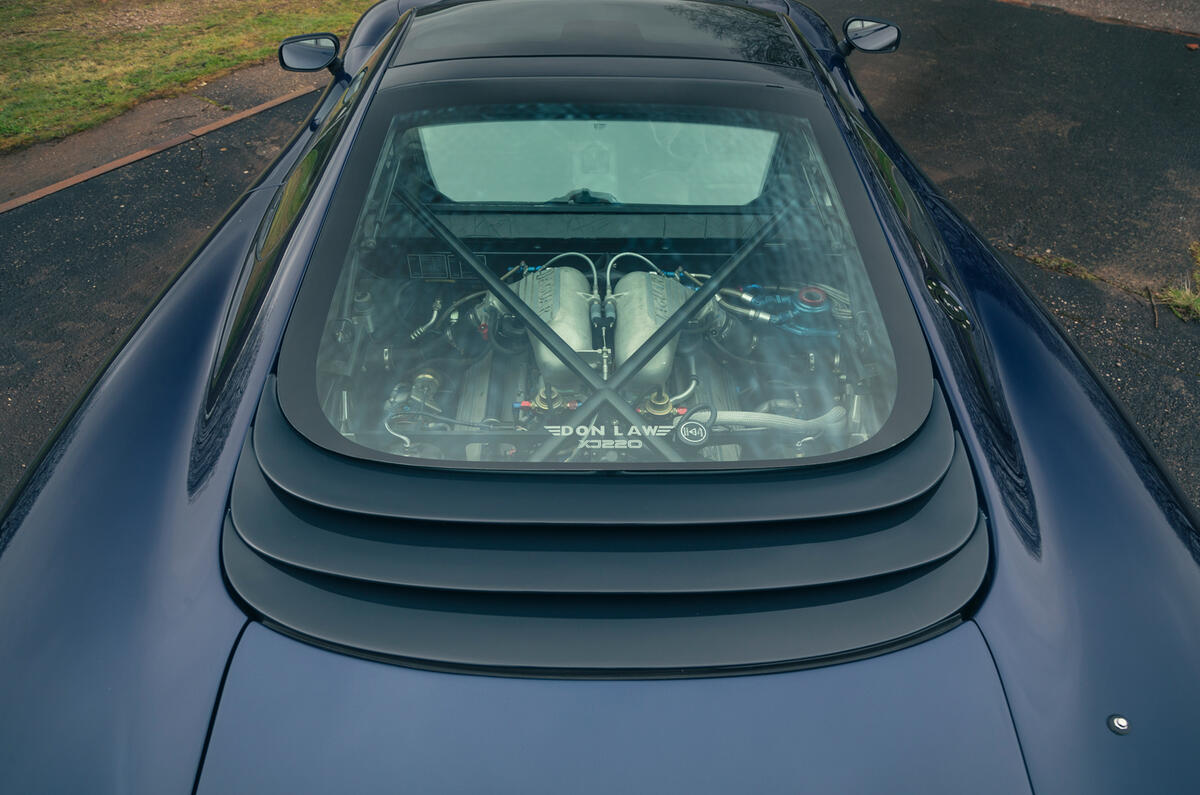


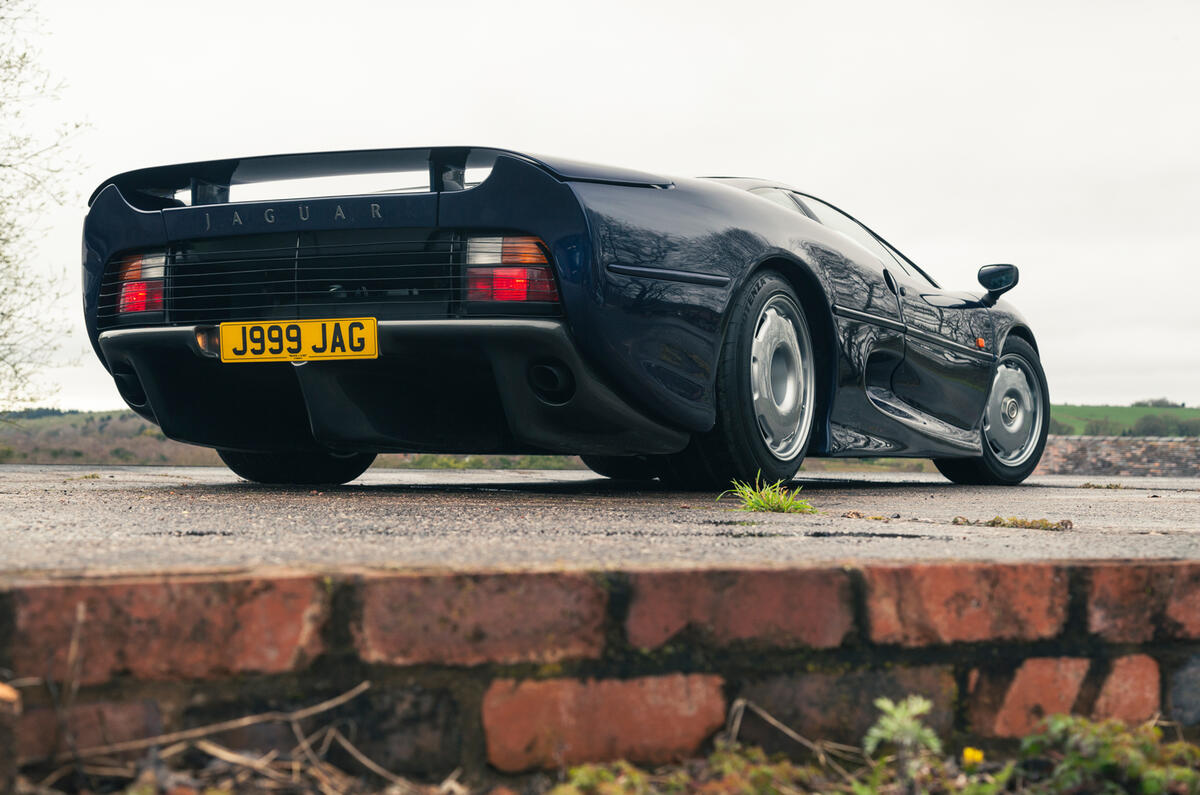
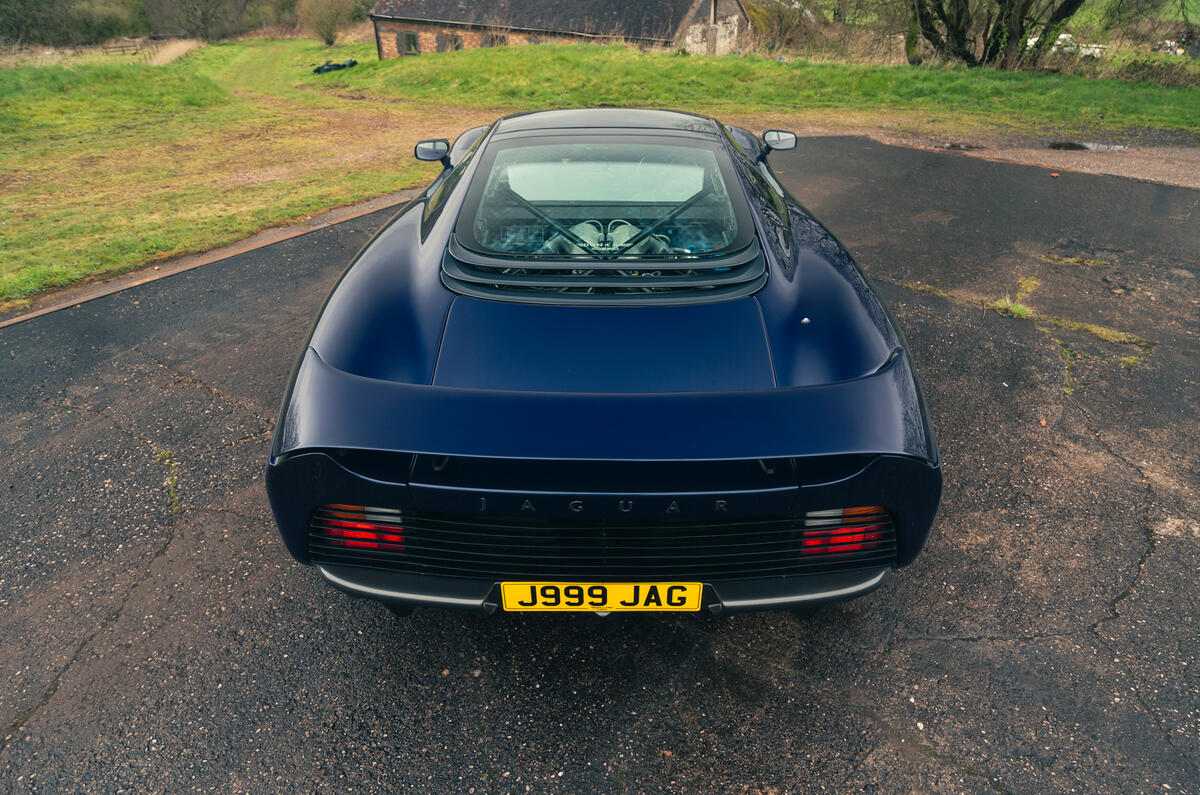




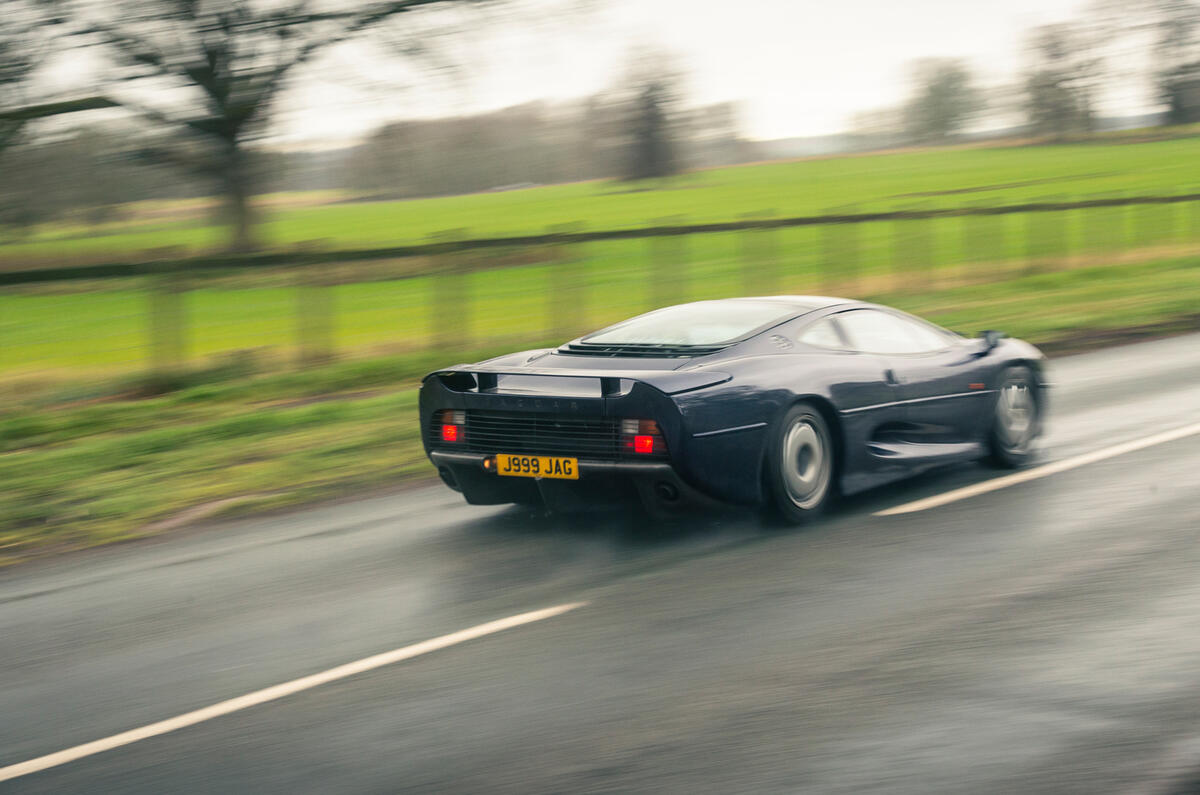


























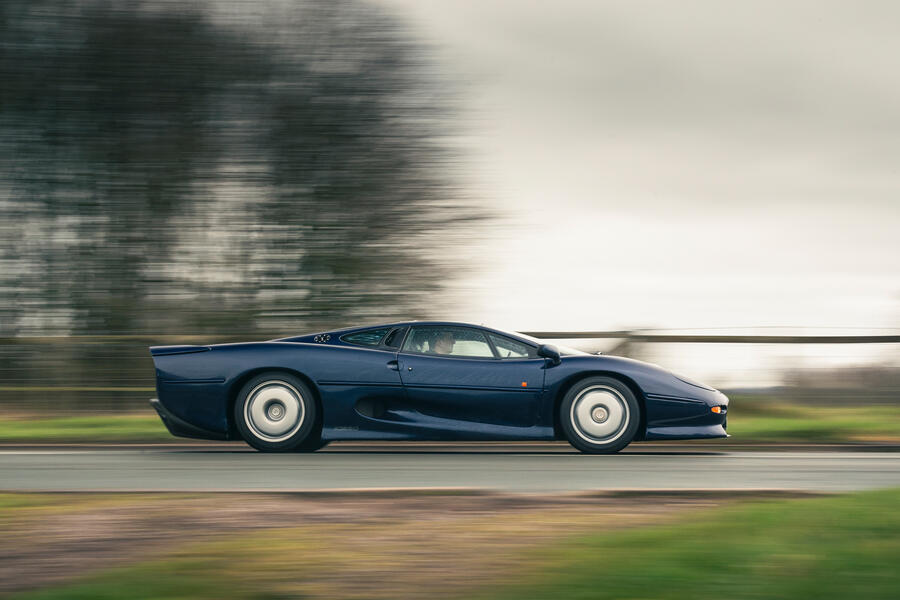


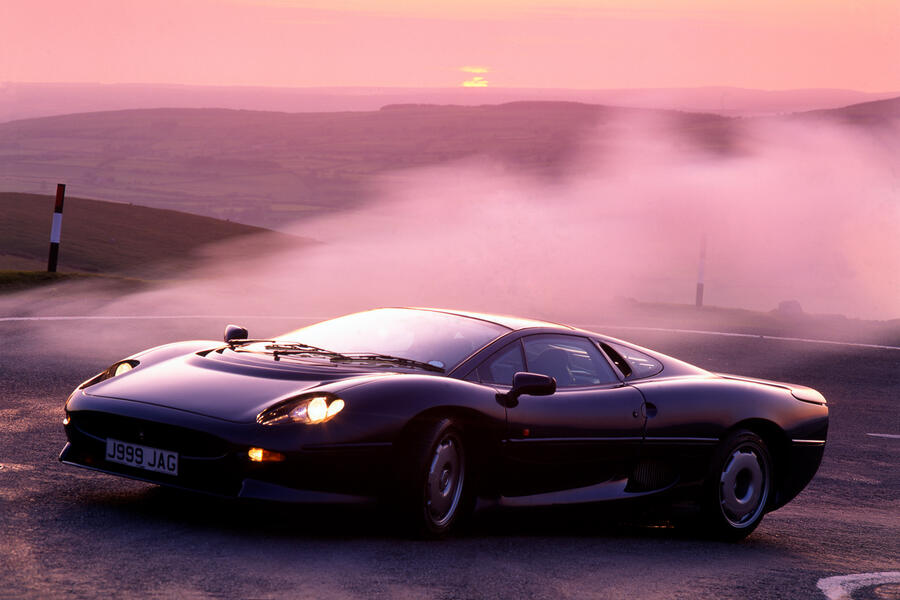




Join the debate
Add your comment
As a nine year old boy, this very car J999 JAG, was making the rounds at the Jaguar dealerships at evening events. I was very lucky that my dad was one of the people running a dealership back then and my friend and I took it in turns to get short rides in it round the car park whilst the driver from Jag HQ was getting ready to take it away! When you are absolutely car mad and you get an opportunity like that at that age, it's something you'll never forget! Hence I have always had a bit of a blinkered love for these as a result.
Main reason is the wrong engine. It may push the car down the road fairly hard. But there's so much more required. Precision and soundtrack, for instance.
A nice curio, but I doubt a car you'd be desperate to take. out for the sheer thrill of it, or ultimately a hugely rewarding car. Finally, it doesn't quite habve the right badge. Plenty of deeply mediocre cars are worth more on account of the right badge.
Good article,I enjoyed it, my Father had one, ok, a model one! In 1/12th scale, costabout £60.00 when the road car came out, still a great looking car even today.